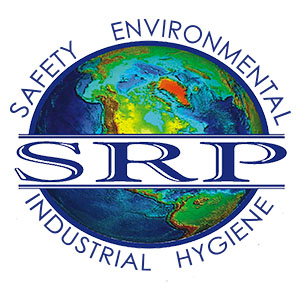A Phase I Environmental Site Assessment is a standard report acquired by individuals, lenders, or financiers involved in a commercial or agricultural property transaction. A Phase I is designed to identify potential environmental concerns on a piece of property based on a thorough investigation, consultant experience and consultant knowledge of the area. A Phase I allows a potential buyer to perform their due diligence before purchasing a piece of property. If potential environmental concerns are found, the buyer can make an informed buying decision-purchase the property or include the remediation costs in the purchase price.
Here are five things to expect when obtaining a Phase I:
A Phase I Explanation. The environmental consultant should fully explain what a
Phase I ESA is and why one is needed.
A Thorough Investigation. The environmental consultant performs several tasks to conduct a site assessment.
Tasks include but are not limited to:

- A site walk visit to inspect the property and note findings of storage tanks, polluted waters, lack
of vegetation or other indicators of potential contamination. - Interviewing key persons regarding the property history including past and current owners, neighbors, and managers of the buildings onsite.
- Conducting a file search for public records to find out the history of the property, what the property was used for, if there are any indicators of an environmental spill or release and what types of permits and plans were filed.
- Examine historic aerial photographs, current topography for drainage patterns, and any chain of titles for Environmental Liens or Activity.
Read More About Requesting a Phase 1 ESA
Allow 1-2 weeks for the report. Depending on the type of the subject property and what is involved with the ESA, it could take the environmental consultant a couple weeks to prepare the report.
Reports should follow ASTM 1527-13 Standards. A Phase I report should be written to provide the client with as much relevant information as possible in a format that is concise and easy to read.
- Executive Summary: Overview of potential environmental concerns.
- Introduction: General information on the Purpose, Methodology, and Scope of Services, Definition of the Subject Property Boundaries, Warranty, and Limitations.
- Subject Property Description: Describes the Location, Immediate Boundaries, Dimensions, Function, Zoning, Improvements, Utilities, Topography, and Drainage Patterns, Geology, and Soil Characteristics.
- Adjacent/Near Properties Description: Describes the land use of properties adjacent to and near the Subject Property.
- Historical Research: Includes information found during the examination of historical data.
- Regulatory Agencies: Lists the reviewed regulatory agency databases and summarizes the sites that are potential environmental concerns to the subject property.
- Interviews: Presents information on a Subject Property or adjacent properties as disclosed through persons knowledgeable about those properties, as well as other information.
- Potential Environmental Concerns: Summarizes the available information on potential environmental concerns identified on a subject property or adjacent/near properties.
- Recommendations: Presents significant environmental concerns associated with a Subject Property or adjacent/near properties and recommends what steps should be taken to address those concerns.
- Appendices: Includes copies of reproducible information sources reviewed, an area vicinity map and a site diagram detailing any potential environmental concerns.
Be prepared for a Phase II. Not all Phase I’s lead to a Phase II but you should be aware of what a Phase II is. Based upon the findings and recommendations in the Phase I, soil or groundwater samples may be required to determine the extent of contamination from potential environmental concerns. Phase II ESA’s vary drastically in cost, the best thing to do is talk to the environmental consultant about your options. Generally, the environmental firm who performs the Phase I also has a Professional Geologist on staff to perform the Phase II.
Have questions? Call SRP and talk to one of our environmental consultants at (318) 222-2364. We can assist you through all the stages of an environmental site assessment.

 ">
">
 ">
">